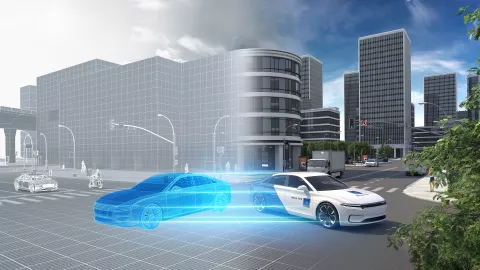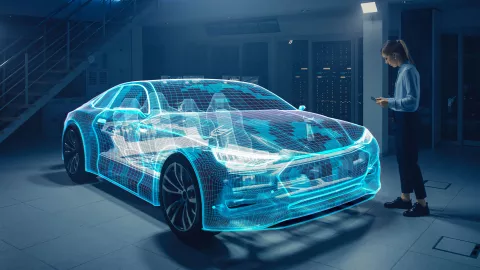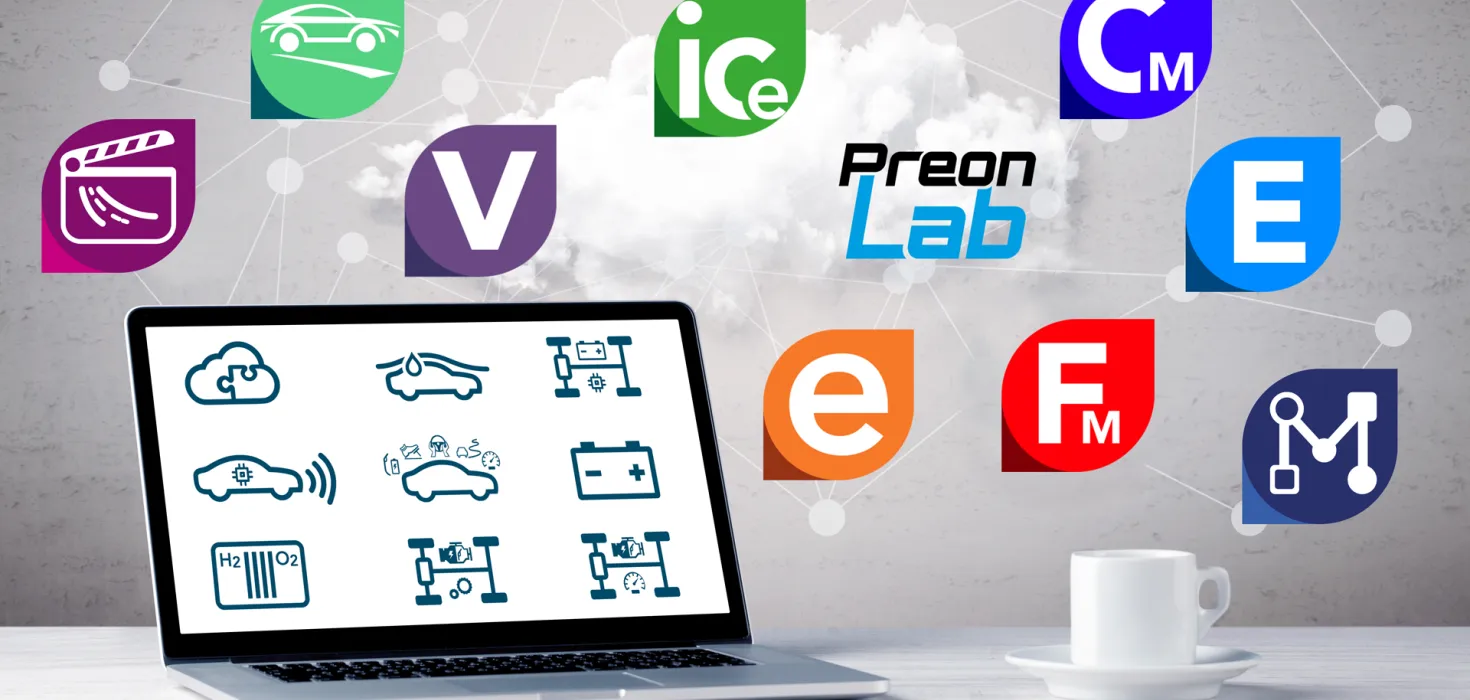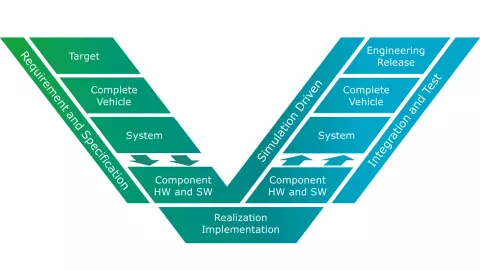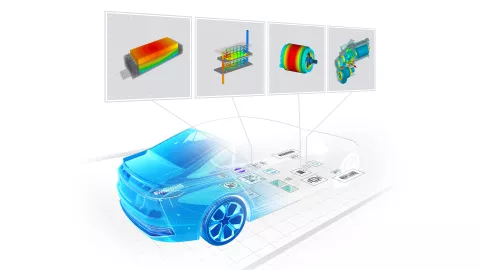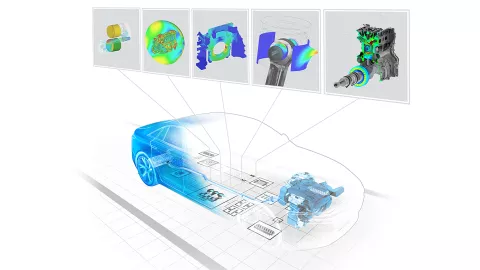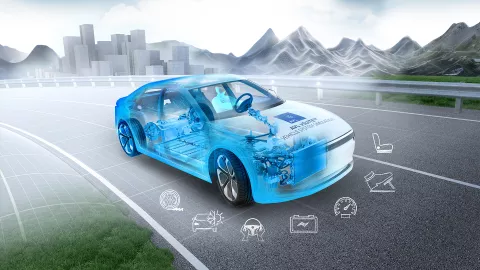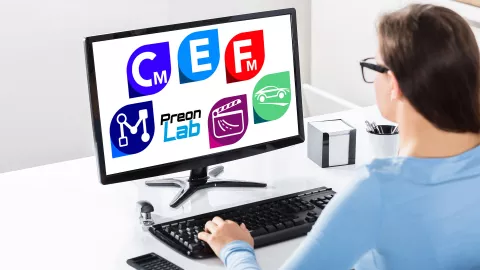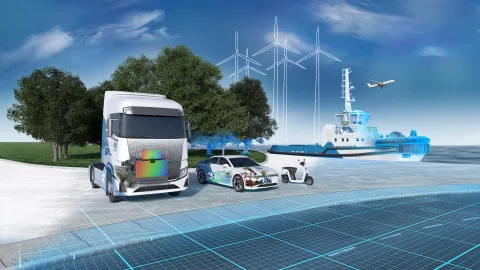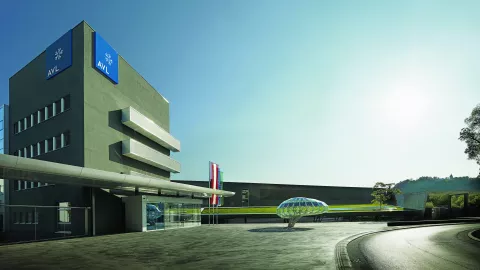Environmental awareness in society is on the rise. Consumers and politicians are demanding: rapid innovative concepts for CO₂-neutral mobility. The many different requirements such as range, performance, comfort, etc. for the propulsion systems make a single-system solution impossible.
Versatility as the Key to Success
The development of a wide range of propulsion systems can no longer be managed using classic methods. At the same time, the change in mobility also presents personal challenges. The knowledge and skills accumulated over decades must now be transferred to modern drives. The pressure to find the right answers is greater than ever before.
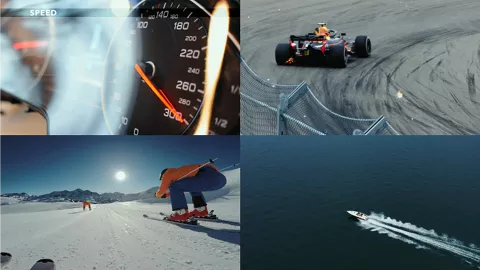
Master Complexity
The number of systems in a vehicle is increasing, as is the interdependence of the individual components. So, it is not surprising that their development is also becoming more complex.
Engineers therefore choose a systemic development approach and no longer consider the individual components separately. This requires not only interdisciplinary knowledge, but also a tool landscape that enables them to work across disciplines.
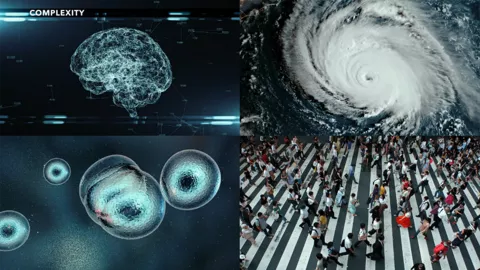
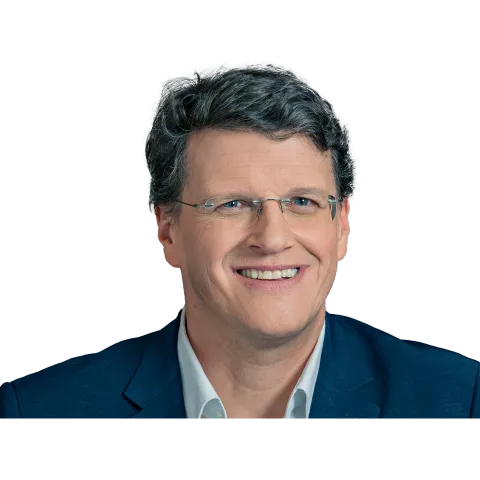
The Virtual Twin enables us to make the impossible possible: It makes it possible to design a product, system or software completely digitally while predictively evaluating its performance from a multi-physics perspective. At the same time, it allows us to virtually explore the entire design space.
- Roland Wanker, Vice President Advanced Simulation Technologies, AVL
